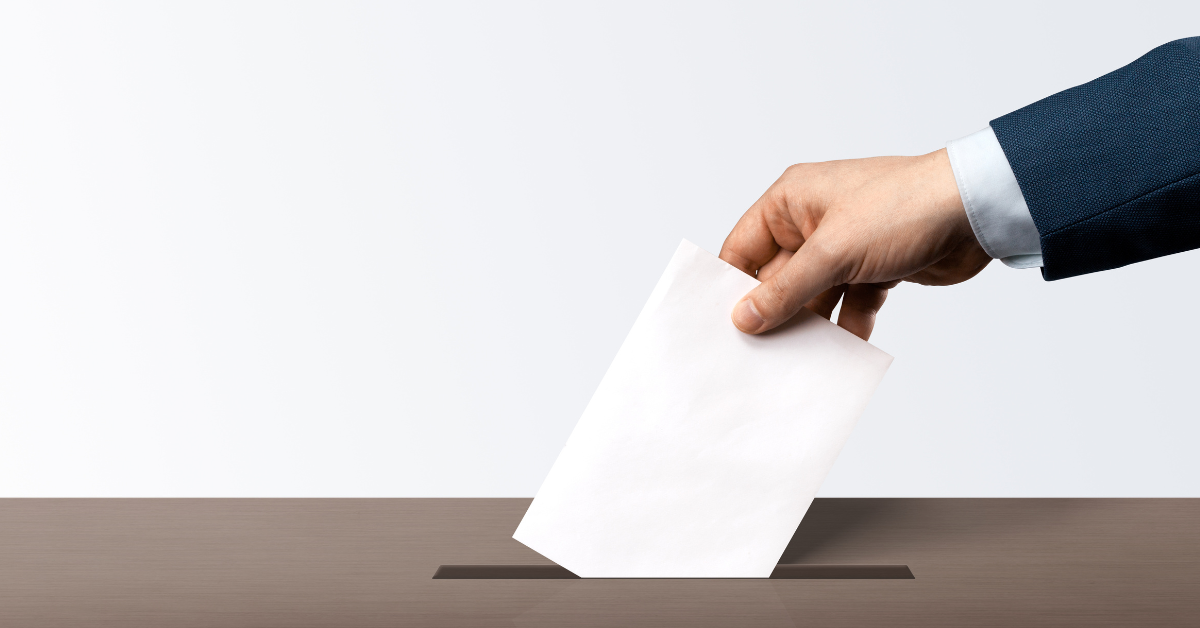Good debt vs bad debt, and why you need a financial check-up
by John Tutt
If you’re in your forties like I am, or perhaps even older, chances are your doctor has checked your cholesterol levels.
Now I always thought all cholesterol was bad. But I’ve since learned there are two types of cholesterol, and one of them is actually good for you.
Low density lipoprotein (LDL) is bad cholesterol. It can slowly build up in the arteries and create blockages to the heart, increasing the chances of a heart attack.
High density lipoprotein (HDL) is good cholesterol because in high levels it seems to protect you against a heart attack. Medical experts believe it carries the bad cholesterol away from the arteries and back to the liver, where it’s passed from the body.
What’s cholesterol got to do with debt?
Like cholesterol, there’s good debt and bad debt.
Non-deductible debt is the bad debt, and most of us have in one form or another—mortgage, personal loan, credit card debt, etc. And while a little bit of bad debt won’t kill you, it something your financial doctor (your adviser) should keep an eye on.
Tax-deductible debt is the good debt because, like the good cholesterol, it can improve your financial health. Here are some of its financial health benefits.
- The interest payments are generally tax deductible, which means you’re paying less income tax.
- Borrowing to invest means you have a larger asset working for you. Which can help you achieve your financial goals sooner.
- Tax-deducible debt can help you increase your leverage.
Let’s say you invest $30,000 of your own funds and get a 10% return. That’s a profit of $3,000—nothing to sneeze at. But if you borrowed another $70,000, your 10% return would net you $10,000—a 33% return on your invested capital. A much nicer result, don’t you think?
Healthy financial choices
If your cholesterol is a problem, your doctor may suggest ways to minimise your LDL and optimise your HDL—eating the right foods, exercising, or even medication. In any case, you’ll need to have regular check-ups to make sure things are heading in the right direction.
This is the same with your debt. You won’t have to exercise, but you will need to create a budget, as well as a debt recycling strategy. And most importantly, you’ll need to visit your adviser regularly to make sure your levels of bad debt are decreasing.
Need a financial check-up to see what your debt levels are like? Then get in touch with us here at Prime Advisory.
And if you’re over forty, you should probably get your cholesterol levels checked as well.







